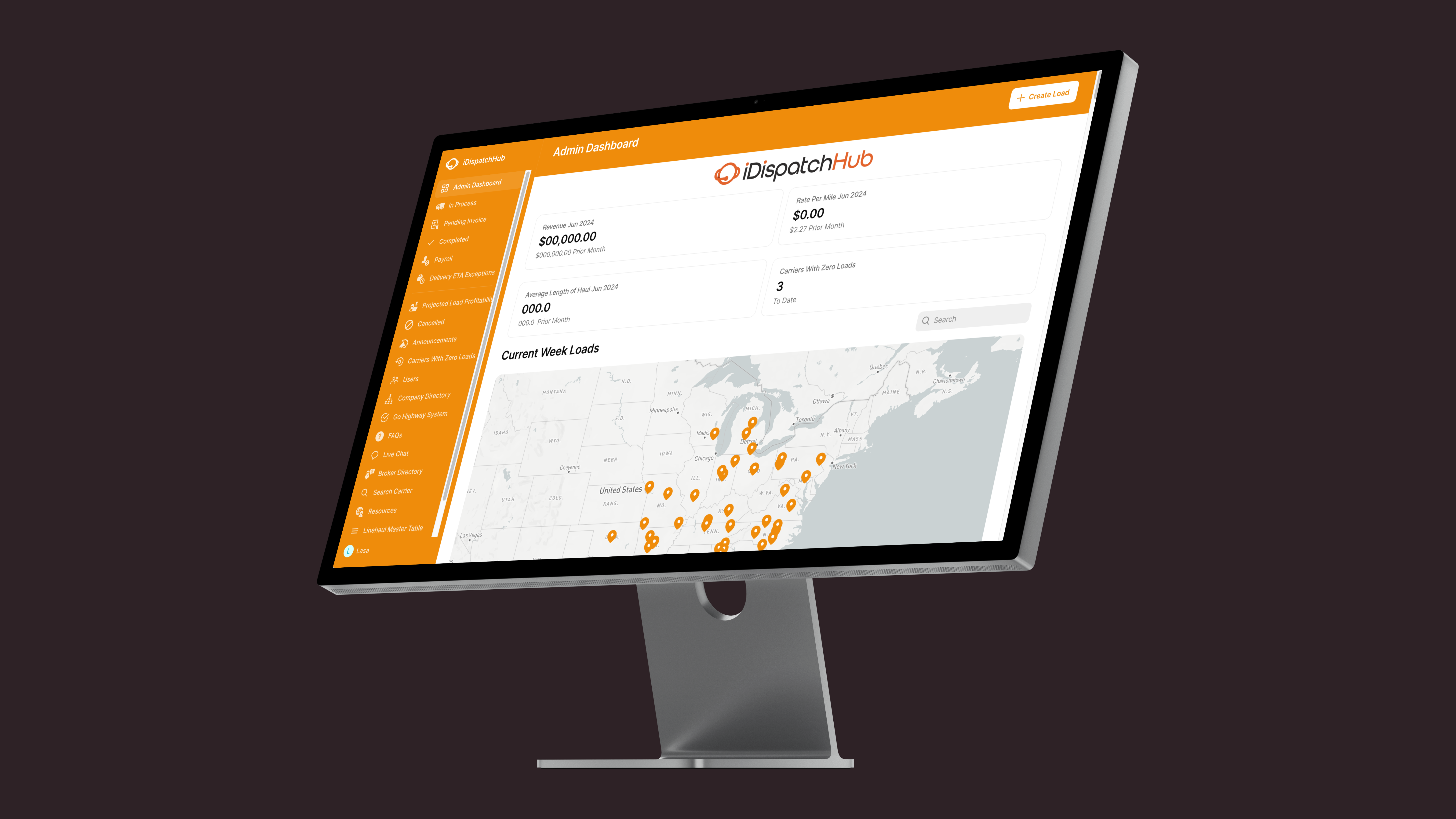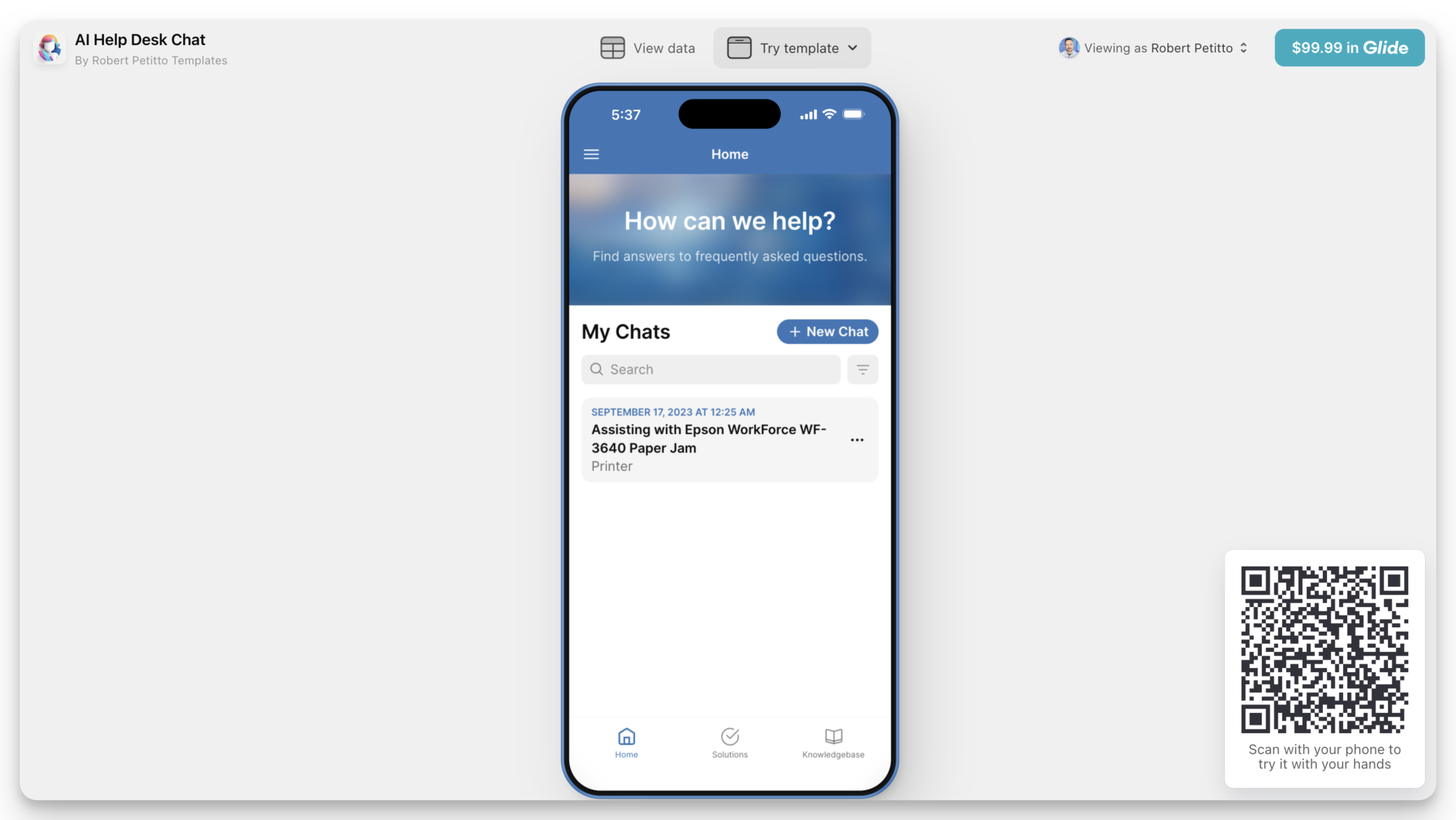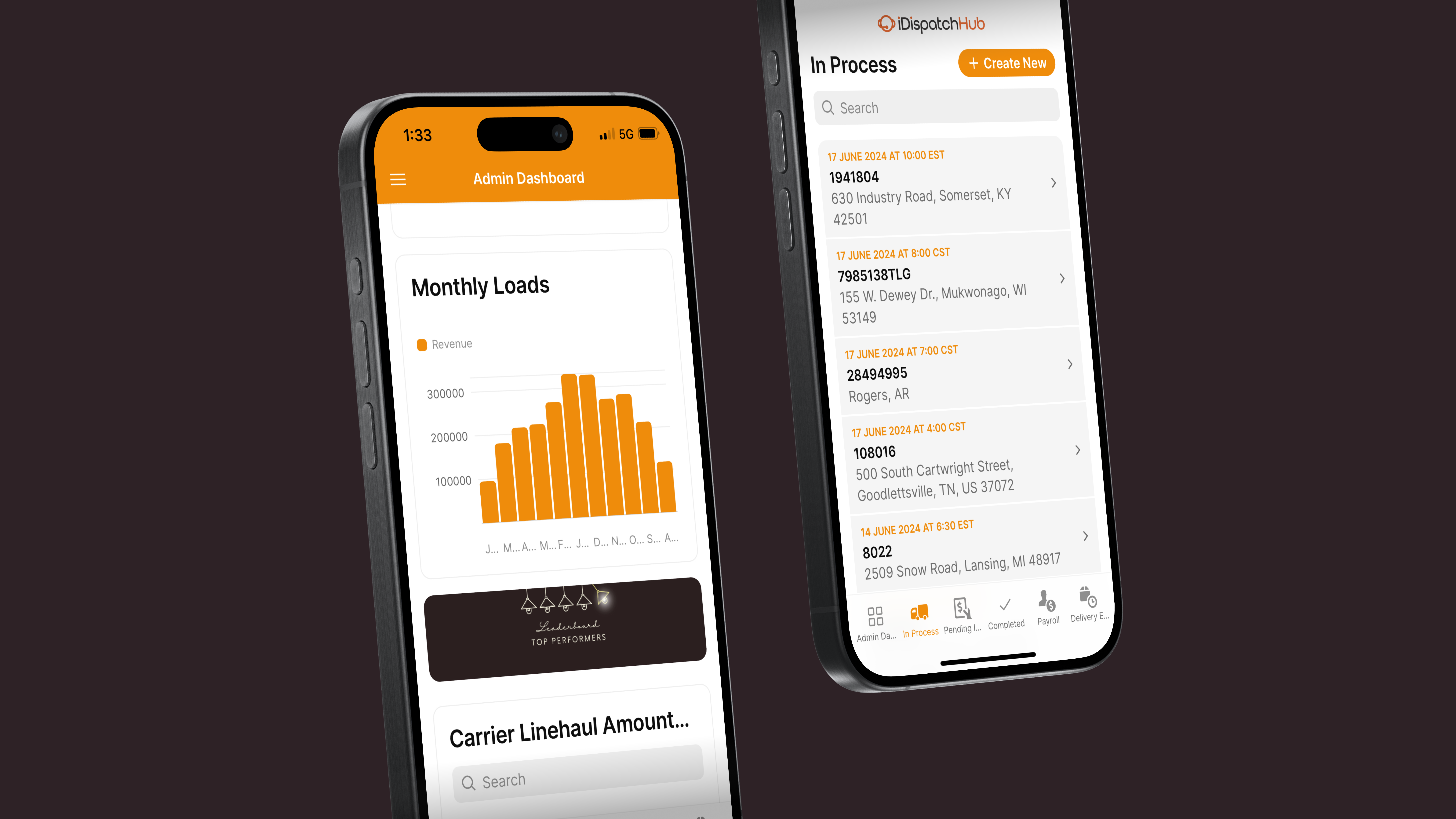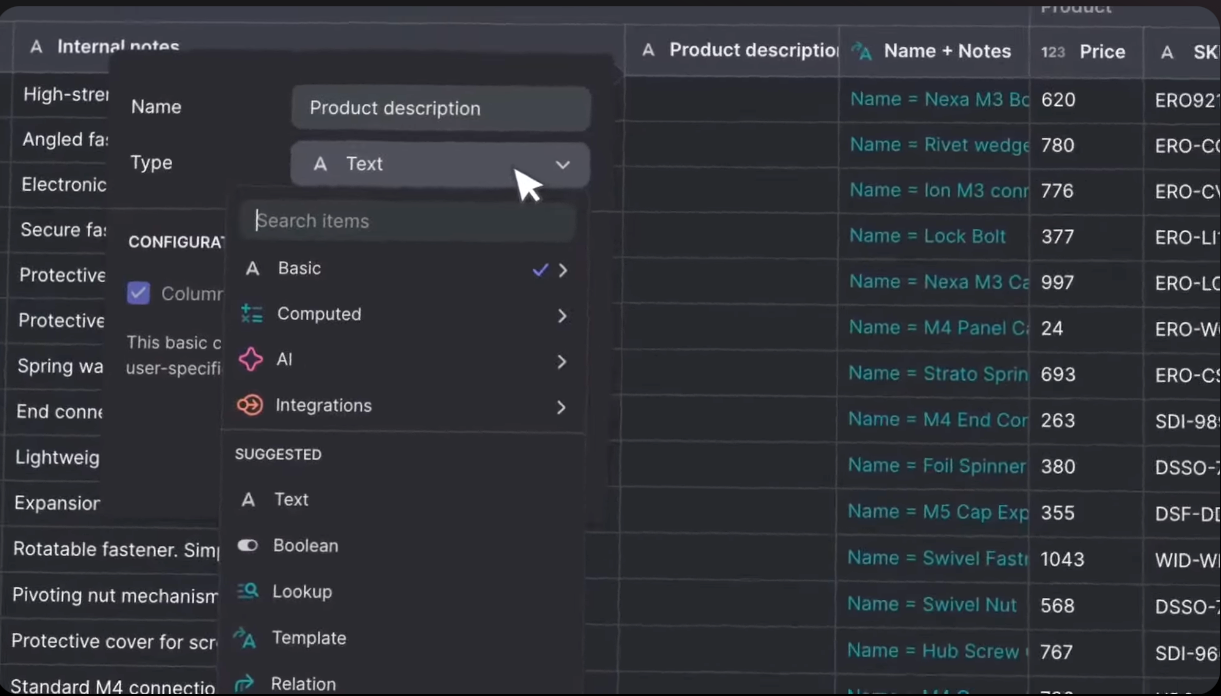While a lot of the dreams about AI are grand and exciting, the places where AI can truly change the world may lie in the more humble, everyday applications of AI for business.
Billions of people at companies around the world do daily tasks, process data, interact with software, and move information around from place to place. Artificial intelligence is faster and better at these routine tasks than humans. Finding strategic ways to incorporate AI into your daily business activities can pay off in huge ways for the efficiency, productivity, and even the job satisfaction of your teams.
It can give employees better visibility and insight into data, so they can make more informed decisions. It can relieve mindless, repetitive tasks and complete them with fewer errors. It frees up human insight to focus on collaboration, creativity, and the tasks that are more fulfilling and more impactful to your bottom line.
“When it comes to AI adoption, many companies are expensing a ChatGPT Pro subscription and not much else. We see AI as a new capability, and we want to see it applied in powerful ways across all the business processes that can benefit from it — including doing quality assurance on refrigerators or managing a retail shoe company.” - David Siegel, Glide CEO
At its core, artificial intelligence refers to systems capable of performing tasks that typically require human intelligence or labor. These systems process vast amounts of information in milliseconds, spot patterns not easily seen with the human eye, and make intelligent decisions that were once only possible in science fiction.
AI encompasses various subsets, such as machine learning, which enables systems to learn and improve from experience without being explicitly programmed; natural language processing (NLP), which allows computers to understand, interpret, and generate human language; and generative AI, which creates new content like text, images, or music based on patterns learned from existing data.
Think of a tireless customer service representative handling tons of inquiries around the clock, a financial tracker predicting market trends with greater accuracy, or a logistics system that manages supply chains with increased efficiency. Whether it's automating mundane tasks or improving decision-making, AI is actively transforming the core workflows of businesses across the globe.
And its impact is undeniable. In a 2024 McKinsey Global Survey on AI, 65% of respondents reported their organizations are regularly using generative AI—a figure that nearly doubled in just ten months. The same survey highlights that AI is often used in functions like marketing and sales, product and service development, and IT.
AI is already finding practical applications at some of the world's biggest companies. Nike's Athlete Imagined Revolution (A.I.R.) project enhances designers' creativity with AI, allowing them to create prototype shoes based on the preferences of athletes like Wembanyama, Sha'Carri Richardson, and Kylian Mbappé. Nike also launched an ad campaign on Naver Corp.'s generative AI platform in South Korea, where customers searching for Nike running shoes receive AI-recommended models with product details and customer support, simulating the role of a brand manager in a store.
Meanwhile, in the music industry, streaming giant Spotify introduced DJ, a generative AI feature that personalizes music and artist recommendations based on users' listening habits and provides commentary on tracks.
These examples are only a glimpse into AI’s capabilities, and rest assured, you don’t need a billion-dollar budget for AI to make a meaningful impact in your day-to-day workflows. Even small and medium-sized businesses can use the power of AI to improve core business processes, enhance creativity, and drive customer happiness.
In this article, we’ll explore the benefits and risks of AI, dive deeper into the use of AI in various industries, and highlight AI-powered tools that can be tailored to meet your specific business needs to drive efficiency and innovation within your organization.

The benefits of using AI for business
As AI continues to advance, its impact in the workplace is becoming more evident. A recent survey by Microsoft and LinkedIn reveals that 75% of knowledge workers now incorporate AI into their daily tasks. Among these users, 90% report that AI helps them save time, 85% say it enables them to focus on more important tasks, 84% credit AI with enhancing their creativity, and 83% find that it makes their work more enjoyable.
This trend is not surprising. AI is leveling the playing field for companies of all sizes, allowing small businesses and startups to access advanced tools once reserved for large corporations. By automating repetitive tasks, AI enhances efficiency and frees up teams to focus on work that requires creativity and critical thinking. Its ability to identify patterns and uncover insights that humans might overlook is driving innovation in products, services, and processes across industries. Moreover, the long-term savings in time, resources, and error reduction from adopting AI offer a strong ROI for many business leaders.
Managing the risks of AI in business
While AI’s benefits are undeniable, it’s important to recognize and address the challenges that come with this powerful technology.
As AI tools become more accessible and user-friendly, the rise of shadow IT—the use of unauthorized hardware or software, including AI solutions—has become a major concern. The lack of oversight for these tools can lead to security, data, and compliance issues, so organizations must balance empowering their workforce with innovative tools while maintaining control over their tech ecosystem. With AI systems requiring vast amounts of data, there are also cybersecurity concerns about exposing sensitive customer or proprietary business information and potentially damaging a company’s reputation and customer trust.
AI large language models (LLMs) can also generate false information (AI hallucinations), which can spread misinformation, biases, confusion, or even lead to legal issues. To ensure accuracy, organizations need reliable fact-checking processes and must maintain human oversight. Alternatively, businesses can choose to use AI models or apply AI to tasks where there is little to no risk of hallucination, such as data entry, analysis, or processing information from one format to another. Lastly, there is the ever-present threat of AI outperforming in tasks traditionally performed by humans, potentially displacing certain knowledge workers and necessitating significant reskilling efforts. Organizations must carefully manage this transition, ensuring they retain valuable human expertise while embracing AI capabilities.
While some may view these risks as significant, they can most definitely be managed. The key is to view AI not as a plug-and-play solution but as a powerful tool requiring careful integration, ongoing management, and a commitment to responsible AI use.
How AI is used in the workplace
To successfully use AI, companies must be able to identify areas ripe for AI integration and understand the various AI use cases that can drive efficiency into their workflows. From creative tasks to data analysis and customer service, let’s explore some of the most impactful ways AI is being used in the workplace today.
Improving visual content creation with AI-powered image generation
While not the most impactful, image generation is one of the most well-known AI use cases for businesses. Tools like DALL-E and Midjourney have made creating stunning visual content accessible to anyone with just a few prompts. These tools work by using text-to-image generation, where users input descriptive text, and AI generates corresponding images based on that description.
Marketing teams can quickly mock up campaign visuals or generate personalized social media posts with images to connect with their audiences. Image generation can also help retailers showcase their products in different settings or color variations without expensive photoshoots. The same goes for interior designers, office managers, and realtors who use AI-generated images to plan or renovate spaces by easily visualizing different layout options or decor changes.
By integrating AI-driven image generation into their workflows, businesses can streamline their creative processes, reduce costs, and produce engaging visual content that resonates with their target audience, all while maintaining a high level of quality and creativity.
Enhancing communication and efficiency with Natural Language Processing (NLP)
Natural Language Processing (NLP) is a branch of AI that uses machine learning to enable computers to understand and generate human-like language, both in text and voice.
One of the most widely used applications of NLP is large language models like ChatGPT. These models are trained on massive datasets, allowing them to generate coherent and contextually relevant text, automate customer interactions, and provide insights from large volumes of unstructured data. Meanwhile, voice assistants like Siri and Alexa demonstrate NLP's capabilities in understanding and responding to spoken language.
But powerful NLP models aren't always accurate. They can make mistakes, misinterpret context, and generate entirely false information (like Google AI search advising users to make pizza with glue).
As search engines become better at detecting AI-generated content, businesses must be cautious about heavily relying on these AI tools to avoid potential ranking penalties or reduced visibility in search results. And while NLP has made significant progress in generating human-like text, it doesn’t always capture the nuanced tone that skilled human writers can provide.
Elevating customer service with AI chatbots
Beyond simply answering questions, AI-powered chatbots can understand context, provide personalized responses, and even detect customer sentiment, escalating issues when necessary. By offering 24/7 support, these AI assistants ensure that customer needs are met even outside regular business hours, boosting customer satisfaction and loyalty.
Today, companies are also deploying chatbots for internal support, helping employees quickly find information on HR policies or SOPs. Others are building IT helpdesk companion apps to give users the ability to troubleshoot their own IT issues at any time.
In multilingual workplaces, AI-powered chatbots can also help break down language barriers by automatically translating messages and content, enhancing collaboration and inclusivity across teams.

Using AI-driven data analytics to transform decision-making
AI analytics is transforming the way businesses operate by enabling them to make data-driven decisions faster and more accurately. By analyzing vast amounts of data from multiple sources in real-time, AI empowers companies to gain comprehensive insights into their performance across all business functions and identify areas for improvement.
Tools like Glide AI streamline this process further by allowing teams to easily extract numbers and text, perform calculations, convert currencies, and categorize expenses, reducing manual data entry and minimizing errors.
To showcase AI’s analytical power, Jesus Vargus created Billing Buddy using Glide. The app uses data analytics to evaluate expenses, gain insights into spending patterns, identify high-spend categories, and even suggest the best payment methods to maximize rewards. Glide Certified Expert Miguel also showed how his client uses AI to efficiently process thousands of job applications. The system uses a points-based algorithm to evaluate candidates and their responses, significantly reducing the time spent on applicant vetting.
Process information faster with AI-generated summaries
AI excels in extracting essential information from lengthy reports and presenting it in easily digestible formats, making it invaluable for busy executives who need to quickly grasp key points without getting bogged down in details.
Glide AI takes these capabilities further by offering features like converting audio to text, which can transcribe conversations in real-time and generate comprehensive meeting notes. This functionality is particularly useful for teams that need to capture ideas in situations where typing is impractical. For example, CarboNet's field team integrates Glide AI’s voice-to-text feature to easily record and summarize notes about equipment, previous service calls, and customer details, all without removing their gloves in the freezing West Texas desert.

Optimize your supply chain and distribution with AI forecasting
Integrating AI in logistics and inventory management allows businesses to improve their operations, drive efficiency, and achieve significant financial gains. By using predictive analytics to manage stock levels in real-time, AI-powered systems can significantly improve inventory management in warehouses. On the road, AI can optimize delivery paths by considering factors like traffic patterns, weather conditions, and social events, ensuring on-time deliveries even in unpredictable conditions.
Recognizing this potential, Adam Wingfield of Innovative Logistics Group (ILG) developed iDispatchHub, an AI-powered dispatching software. When dispatchers upload a rate confirmation document into the app, the AI analyzes it, completes the form, dispatches the truck, and notifies all relevant parties. Upon delivery, drivers upload a photo to the Hub, which then completes the process and distributes proof of delivery. This innovative application of AI in logistics has supported over 1,000 previously underserved businesses and generated more than $1 million for ILG.

AI in everyday business tools
Just months after the launch of ChatGPT, nearly every SaaS product has incorporated AI into its feature set, making it easier for businesses to automate tasks, gain valuable insights, and improve efficiency.
For example, Gmail’s Smart Compose uses AI to predict and suggest the next words or phrases as you type, speeding up email composition, while Slack AI enables users to quickly get summaries of conversations and find relevant information by typing questions into the search bar. Creative tools like Adobe Suite and Canva have also heavily integrated AI throughout their products, with Adobe Photoshop's Neural Filters using AI and machine learning to simplify complex edits like skin smoothing, removing unwanted elements, and transferring styles between images.
You can also build your own custom AI business software specifically for your team’s needs, without having to know how to develop software with code.
This is where no code platforms like Glide come in. Glide simplifies app development, allowing you to create powerful applications without any coding. To further enhance your app’s functionalities, Glide AI enables you to integrate AI capabilities directly into your platforms. Whether you need to generate AI content, transcribe recordings, perform complex calculations, or turn unstructured data into structured formats, Glide AI allows you to do it all, without dealing with complex APIs or having to select and integrate AI providers separately.

Use AI for business to drive efficiency and grow productivity
As we enter the AI-driven future, businesses have a remarkable opportunity to transform their operations and decision-making processes. The next wave of AI advancements will bring even more cutting-edge predictive analytics, enabling data-driven decisions with greater accuracy and impact. Natural language processing will evolve to provide more seamless, human-like interactions, revolutionizing customer service and internal communications.
Specialized AI tools tailored to specific industries, such as AI-powered drug discovery in pharmaceuticals and predictive maintenance in manufacturing, will open new avenues for growth and redefine industry standards.
The key to thriving in this evolving landscape is recognizing the power of AI and beginning to integrate it into your operations now. By having an AI strategy today, businesses can become more intelligent, adaptive, and poised for success in an increasingly competitive market.
But this doesn’t mean to rush it. The best AI strategies are those that clearly show thoughtful deliberation of how and why the AI functions the way it does. Businesses should carefully consider how AI can genuinely transform their own workflows, and extend beyond the traditional products and use cases. In some cases, this means building their own AI-powered tools, specifically tailored to their business needs.
If you’re ready to integrate AI into your existing workflows without writing a single line of code, get started with Glide today.






